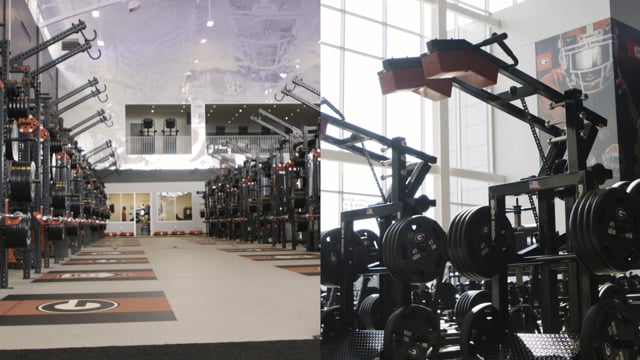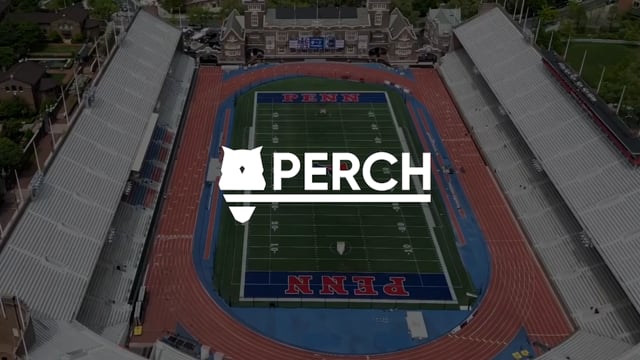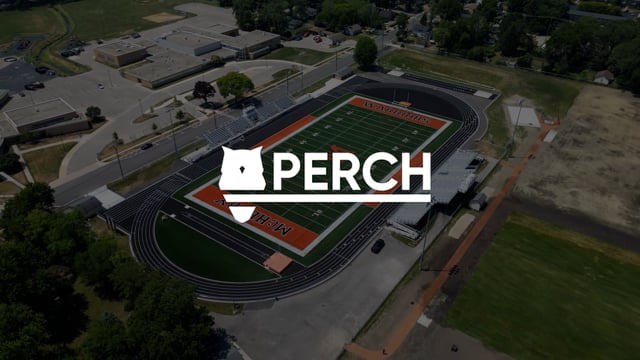The Psychology of Real-Time Feedback

The Psychology of Real-Time Feedback: Why Athletes Respond Faster to Live Data
Introduction
Motivating athletes has always been at the core of effective coaching. Whether in a weight room or on the field, maintaining intensity, focus, and intent during training sessions can be the difference between average progress and elite development. One of the most powerful tools to support athlete motivation is real-time feedback. In recent years, technology such as velocity-based training systems has provided coaches with the ability to deliver instant performance metrics during workouts. This shift in how information is shared has profound implications for how athletes respond, engage, and improve.
This blog explores the sports psychology behind real-time feedback and why athletes are hardwired to respond more positively to live data. By understanding the science and application of real-time feedback, coaches can better engage their athletes and build a culture of performance and accountability.
Understanding Real-Time Feedback in the Athletic Context
Real-time feedback refers to the immediate delivery of performance data during training. This could be bar velocity in a lift, sprint times, or force production during a jump. Rather than waiting until after a session to review performance, athletes can see how they are performing in the moment.
This immediate insight has several psychological advantages:
It bridges the gap between effort and outcome. Athletes see how their actions produce measurable results. It creates a feedback loop that supports learning and performance refinement.It enables immediate correction of errors and encourages self-regulation.
The Power of Instant Reinforcement
The concept of reinforcement is central to behavior change and motivation. In behavioral psychology, reinforcement strengthens the likelihood of a behavior being repeated. The sooner reinforcement is delivered after a behavior, the more effective it is.
Real-time feedback is a form of instant reinforcement. When an athlete sees that they hit the target bar speed or beat their best sprint time, the brain associates that performance with a reward. Dopamine, the neurotransmitter linked to motivation and pleasure, is released. This encourages the athlete to repeat the behavior with the same or greater intensity.
Traditional training methods that rely on delayed feedback do not trigger the same neurochemical response. By the time the athlete hears how they did hours or days later, the motivational window has passed.
Building Internal Motivation Through Data
There are two primary types of motivation: extrinsic and intrinsic. Extrinsic motivation comes from outside sources, like praise or competition. Intrinsic motivation comes from within and is driven by a desire to improve, master a skill, or reach personal goals.
Real-time feedback enhances both, but its most valuable impact is on intrinsic motivation. When athletes can monitor their own progress in real time, they become more invested in their training. They are no longer dependent solely on coach approval or peer comparison. They can compete against themselves and see measurable growth every day.
This fosters a deeper connection to the training process and leads to higher levels of engagement and consistency.
Enhancing Focus and Intent with Visual Feedback
Athletes who train with clear intent move with purpose. Intent is not just about going hard. It is about focusing on technique, effort, and output.
Real-time feedback supports intent by giving athletes a target and confirming whether they are hitting it. For example, if the goal is to move the bar at 0.8 meters per second, the athlete knows exactly what to aim for. As they complete each rep, the visual display reinforces whether they were successful.
This increases focus, reduces distractions, and builds a mindset of precision. Studies show that externally focused feedback, such as focusing on a display or output metric, leads to better movement efficiency than internally focused cues like thinking about form or muscle activation.
When athletes know what they are aiming for and can measure their results immediately, they are more likely to train with maximal intent.
Creating a Gamified Training Environment
Gamification is the application of game-like elements in non-game settings. In training, this can involve leaderboards, scoring systems, and performance targets.
Real-time feedback naturally gamifies training by turning each session into a challenge. Athletes can compete against their own bests, against teammates, or strive to hit personal records. This introduces an element of fun, competition, and accountability.
Gamified environments have been shown to:
- Increase enjoyment and reduce perceived effort
- Boost adherence to training programs
- Encourage consistent participation
- Support collaborative and competitive team dynamics.
Systems like Perch allow coaches to create team leaderboards or recognize athletes who maintain optimal velocity across their sets. These small touches reinforce a culture of excellence without needing to overhaul your entire program.
Empowering Coaches to Focus on Coaching
Real-time feedback also supports the coaching process. Rather than manually tracking loads or relying on subjective assessments, coaches can rely on live data to make quick decisions.
This frees up time and attention to focus on cueing, encouraging, and teaching. Instead of managing spreadsheets or monitoring bar paths by eye, coaches can trust the technology to handle data collection.
When coaches are more present and engaged in the session, the quality of instruction improves. This creates a more supportive and productive environment for athletes to grow.
Long-Term Athlete Development and Accountability
One of the most valuable aspects of real-time feedback is its role in developing accountable athletes. Over time, athletes who train with feedback learn to self-correct, adjust loads, and set meaningful goals. They become more aware of how their bodies respond to different stimuli and take ownership of their development.
This kind of autonomy is crucial for long-term success. Athletes who rely solely on external input may struggle when coaching support is limited. Those who understand their own data and learn from it are better prepared for the demands of higher levels of sport.
Real-time feedback turns the weight room into a classroom. Each rep is a lesson. Each data point is a checkpoint. And every session is a step forward guided by evidence and intent.
Conclusion
The psychology of real-time feedback is grounded in how the human brain responds to immediate, measurable information. When used effectively, it enhances motivation, focus, and engagement. Athletes respond faster to live data because it gives them clear goals, instant reinforcement, and a sense of control over their progress.
Coaches who integrate real-time feedback into their training environments empower athletes to train with purpose and precision. With tools like Perch, this level of insight is more accessible than ever. The result is a more motivated team, a more efficient program, and stronger athletic outcomes.
CTA: Ready to improve your athletes’ motivation with real-time feedback? Learn more about how Perch supports focus, intent, and development.
Sources
- Wulf, G., & Lewthwaite, R. (2016). Optimizing performance through intrinsic motivation and attention for learning. Current Directions in Psychological Science.
- Deci, E. L., & Ryan, R. M. (2000). The what and why of goal pursuits: Human needs and the self-determination of behavior. Psychological Inquiry.
- McGuigan, M. R., & Foster, C. (2004). A new approach to monitoring resistance training. Strength and Conditioning Journal.
- Ryan, R. M., & Deci, E. L. (2017). Self-Determination Theory: Basic psychological needs in motivation, development, and wellness. Guilford Press.

Start Gathering Data With Perch Today!
Reach out to us to speak with a representative and get started using Perch in your facility.








































































.avif)

































